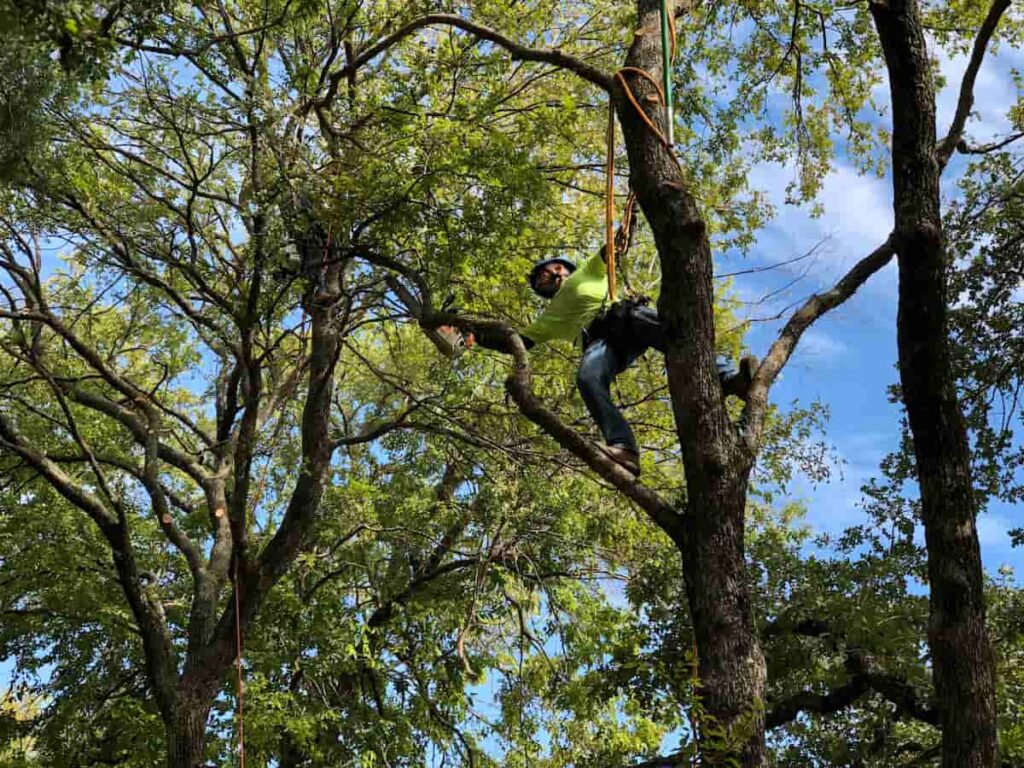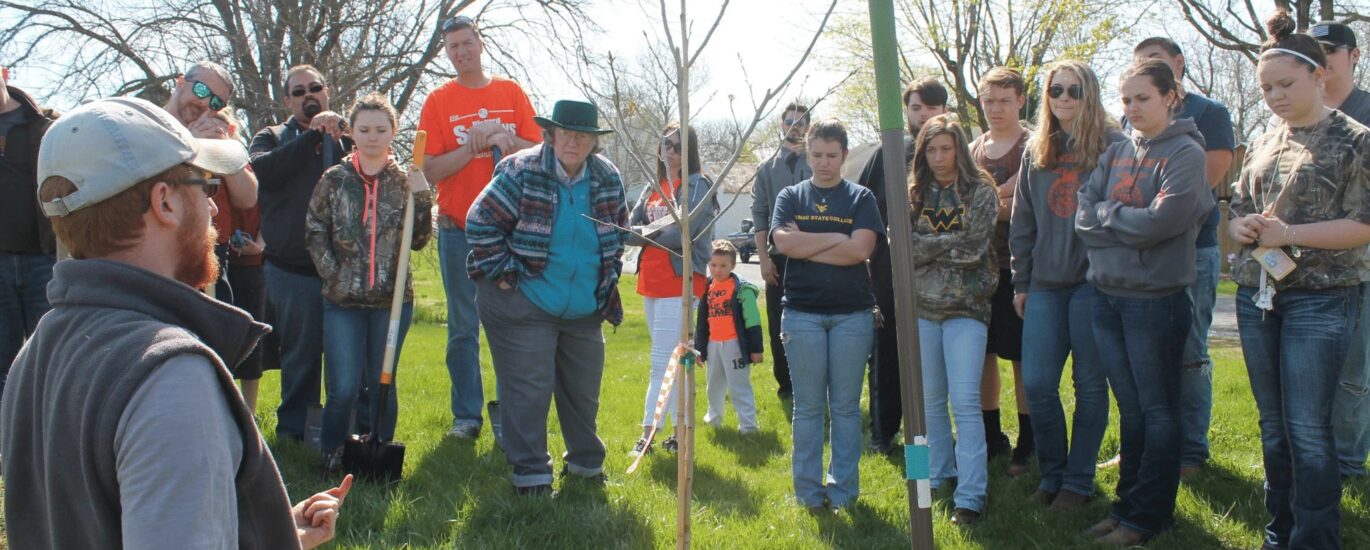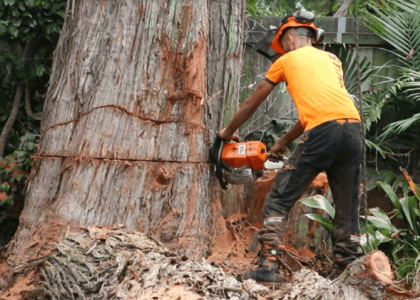Urban forests play a significant role in maintaining the health and well-being of our cities and communities. They provide numerous benefits, from improving air quality to reducing urban heat island effect. However, to ensure the vitality of North Shore’s urban forest, it is crucial to address the threats it faces. In this article, we will explore the importance of urban forests, the threats they encounter, the need for expert tree removal, the impact of tree removal on urban forest health, and the measures that can be taken to maintain the health of North Shore’s urban forest.
The Need for Expert Tree Removal
To ensure the health and safety of North Shore’s urban forest, it is sometimes necessary to remove diseased or dangerous trees. Expert tree removal North Shore plays a vital role in mitigating the risks associated with these trees.
When trees in urban areas show signs of disease, decay, or structural weaknesses, it is crucial to address these issues promptly. Not only can diseased trees pose a threat to property and individuals, but they can also spread diseases to other healthy trees in the vicinity. Expert tree removal services are essential in maintaining the overall well-being of the urban forest ecosystem. Click here to get more about North Shore specialists in tree removal.
Identifying Diseased and Dangerous Trees
Arborists and experts trained in tree health assessment can identify signs of disease, decay, or structural weaknesses in trees. By identifying and removing these trees, the risk of falling branches or tree failure can be mitigated, safeguarding both people and the urban forest.
Furthermore, the removal of diseased trees can prevent the spread of pathogens and pests that could potentially devastate the entire urban forest. Early detection and intervention by knowledgeable professionals are key in preserving the biodiversity and longevity of the trees within the community.
The Process of Safe and Effective Tree Removal
Expert tree removal involves careful planning and execution to minimize impacts on the surrounding environment. Certified arborists use specialized equipment and techniques to safely remove trees while preserving the health and aesthetics of the urban forest. Proper disposal and recycling of removed trees also ensure minimal waste and ecological impact.
Additionally, the process of tree removal often involves assessing the tree’s location in relation to nearby structures, power lines, and other trees. Expertise in tree felling techniques is essential to ensure that the tree is safely dismantled in sections to prevent damage to surrounding property and vegetation. By entrusting tree removal to professionals, residents can have peace of mind knowing that the job will be done efficiently and with the utmost care for the environment.
Understanding the Importance of Urban Forests
Urban forests are not just aesthetically pleasing landscapes; they are vital elements of the ecosystem. They provide habitat for diverse wildlife, help mitigate climate change, and improve overall environmental quality. Furthermore, urban forests offer numerous health benefits to humans, making them an integral part of our communities.
The Role of Urban Forests in the Ecosystem
Urban forests support biodiversity by providing valuable habitat for birds, insects, and other wildlife. They serve as green corridors that connect fragmented natural areas, allowing animals to move and ensuring genetic diversity. Additionally, urban forests mitigate the effects of pollution by acting as natural filters, improving water quality and reducing the runoff of pollutants into nearby water bodies.
Moreover, urban forests play a crucial role in reducing the urban heat island effect by providing shade and evaporative cooling. The canopy cover of trees helps lower temperatures in cities, creating a more comfortable environment for residents during hot summer months. This cooling effect also decreases the energy demand for air conditioning, leading to lower greenhouse gas emissions and energy costs.

Health Benefits of Urban Forests to Humans
Research has shown that spending time in nature, including urban forests, can have significant positive impacts on human health. Being in green spaces reduces stress levels, improves mental well-being, and enhances cognitive function. Urban forests also provide opportunities for physical activity, contributing to the overall fitness of individuals within the community.
In addition to these benefits, urban forests help improve air quality by absorbing pollutants such as carbon monoxide, sulfur dioxide, and nitrogen dioxide. Trees act as natural air filters, trapping harmful particles on their leaves and bark, thereby purifying the air that we breathe. This cleaner air leads to lower rates of respiratory illnesses and overall improved respiratory health in urban populations.
The Threats to North Shore’s Urban Forest
Despite their importance, urban forests face various challenges that put their health at risk. One of the major threats is the invasion of non-native species.
Impact of Invasive Species
Invasive species, such as certain types of plants and insects, can outcompete native species and disrupt the delicate balance of urban forest ecosystems. They can degrade habitat quality, reduce biodiversity, and negatively impact the overall health of the forest. It is essential to monitor and control the spread of these invasive species to preserve the integrity of North Shore’s urban forest.
One particularly troublesome invasive species in North Shore’s urban forest is the Japanese knotweed. This fast-growing plant can quickly overtake native vegetation, forming dense thickets that choke out other plant species. Its aggressive nature not only threatens the biodiversity of the forest but also damages infrastructure like roads and buildings. Efforts to eradicate Japanese knotweed have been challenging due to its resilient root system, requiring ongoing management and control measures.
Effects of Climate Change
Climate change poses another significant threat to urban forests. Rising temperatures, extended droughts, and severe weather events can weaken trees, making them more vulnerable to diseases and pests. It is essential to implement strategies to adapt urban forests to the changing climate and minimize their negative impacts.
In addition to the direct effects of climate change on tree health, altered precipitation patterns can also impact North Shore’s urban forest. Increased rainfall intensity can lead to soil erosion, affecting the stability of trees and their root systems. Conversely, prolonged droughts can result in water stress for trees, making them more susceptible to diseases and mortality. Urban forest management plans must consider these changing precipitation patterns and incorporate measures to mitigate their adverse effects on tree health and overall ecosystem resilience.
The Impact of Tree Removal on Urban Forest Health
While tree removal is necessary in certain situations, it is crucial to strike a balance to protect the overall health of the urban forest.
Urban forests play a vital role in enhancing the quality of life in cities by providing numerous environmental, social, and economic benefits. They help mitigate urban heat islands, improve air quality, reduce noise pollution, and provide habitats for wildlife. Therefore, the impact of tree removal on urban forest health extends beyond just the physical landscape, affecting the well-being of city residents and the overall ecosystem.

Balancing Tree Removal and Forest Conservation
Efforts must be made to conserve the existing urban forest while removing trees that pose risks. This can be achieved through replanting initiatives and the implementation of sustainable management practices, ensuring the long-term viability of the urban forest ecosystem.
Community engagement and education are also essential components of balancing tree removal with forest conservation. By involving residents in tree planting programs and raising awareness about the importance of urban forests, cities can foster a sense of ownership and stewardship among the public, leading to greater support for conservation efforts.
Long-Term Benefits of Expert Tree Removal
By removing diseased or dangerous trees, the overall health of the urban forest can be improved. Pruning and thinning of tree canopies also enhance air circulation and light penetration, promoting the growth of healthier trees. Expert tree removal provides an opportunity to enhance the vitality and resilience of North Shore’s urban forest.
Furthermore, the utilization of sustainable practices in tree removal, such as recycling wood waste and replanting native species, can contribute to the long-term health and diversity of urban forests. By prioritizing the preservation of mature trees and incorporating green infrastructure into urban planning, cities can create resilient and thriving forest ecosystems that benefit both current and future generations.
Maintaining the Health of North Shore’s Urban Forest
Beyond tree removal, ongoing monitoring and maintenance are key factors in ensuring the continued health of North Shore’s urban forest.
North Shore’s urban forest is a vital component of the region’s ecosystem, providing numerous environmental benefits such as improving air quality, reducing urban heat island effects, and supporting biodiversity. To further enhance the health and sustainability of this urban forest, it is essential to implement comprehensive monitoring and maintenance practices.
Regular Monitoring and Maintenance
Regular inspections by certified arborists can identify potential issues early on and allow for proactive measures to be taken. Proper tree care, such as pruning, fertilizing, and watering, can help maintain healthy tree growth and prevent the spread of diseases.
Additionally, implementing advanced technologies like tree health assessment tools and drone surveillance can provide in-depth insights into the condition of the urban forest. These innovative approaches enable arborists to detect issues that may not be visible to the naked eye, ensuring prompt intervention and care.
Community Involvement in Urban Forest Preservation
Engaging the community in urban forest preservation fosters a sense of ownership and responsibility. Promoting awareness, organizing tree planting events, and educating residents about proper tree care practices can significantly contribute to the preservation and long-term health of North Shore’s urban forest.
Furthermore, establishing partnerships with local schools, businesses, and community groups can create a network of support for urban forest initiatives. Collaborative efforts such as tree adoption programs and volunteer maintenance days not only enhance the urban forest but also strengthen community bonds and environmental stewardship.
In conclusion, ensuring the health of North Shore’s urban forest requires a multifaceted approach that encompasses proactive monitoring, innovative technologies, community engagement, and sustainable practices. By prioritizing the preservation and well-being of the urban forest, North Shore can thrive as a green and resilient urban landscape, benefiting both current and future generations.
More to read: Discovering The Convenience Of Sydney Flower Delivery Services





